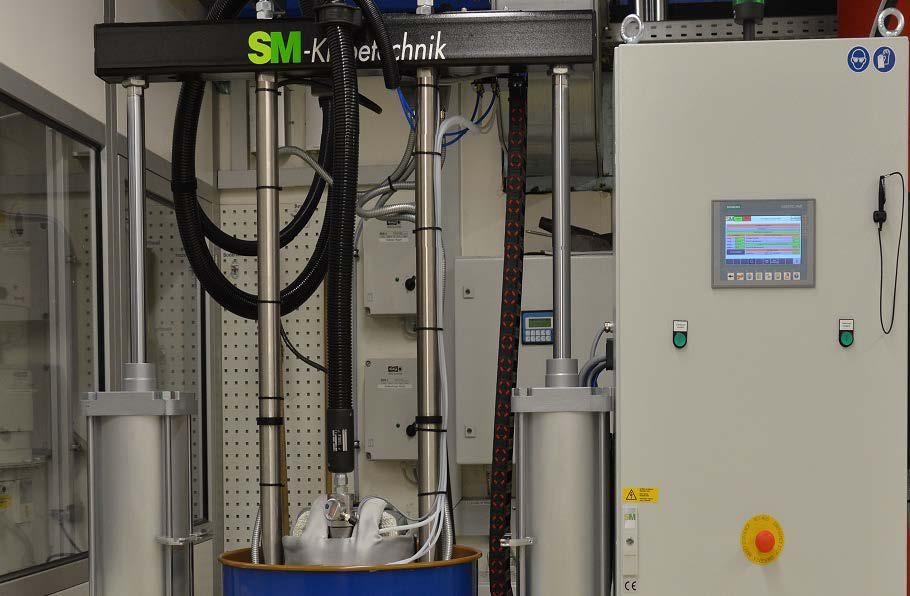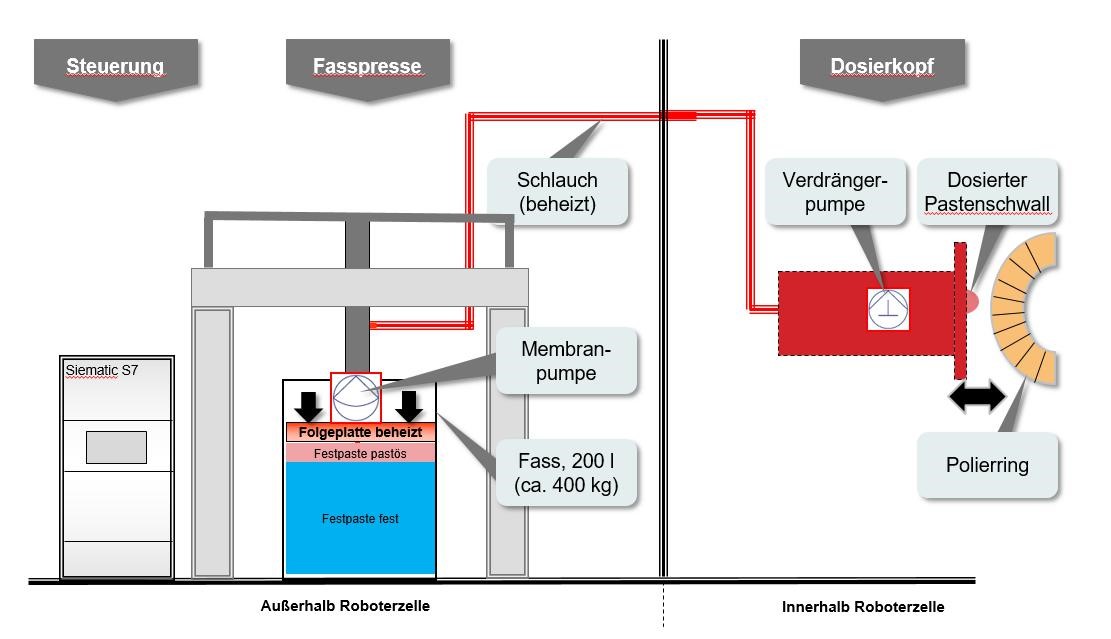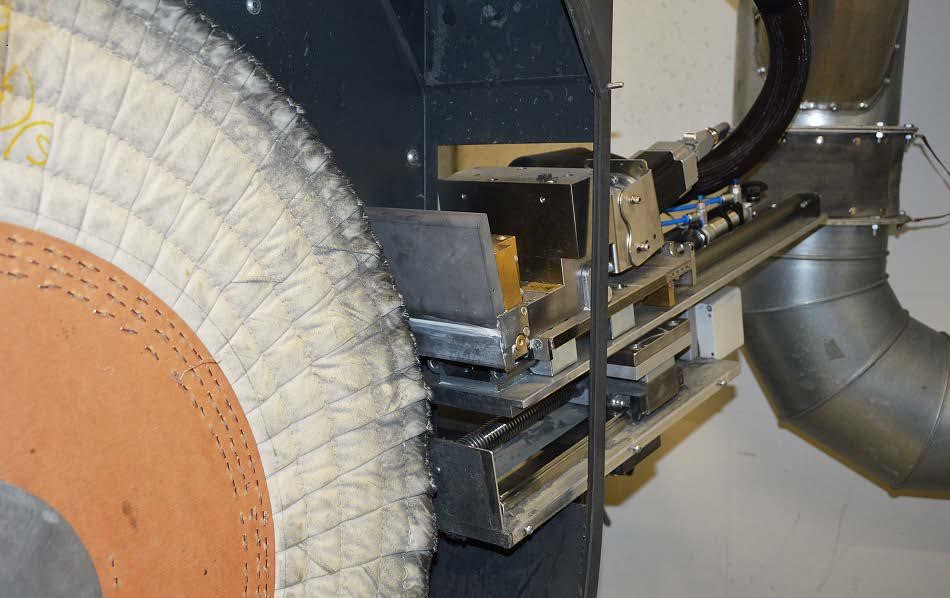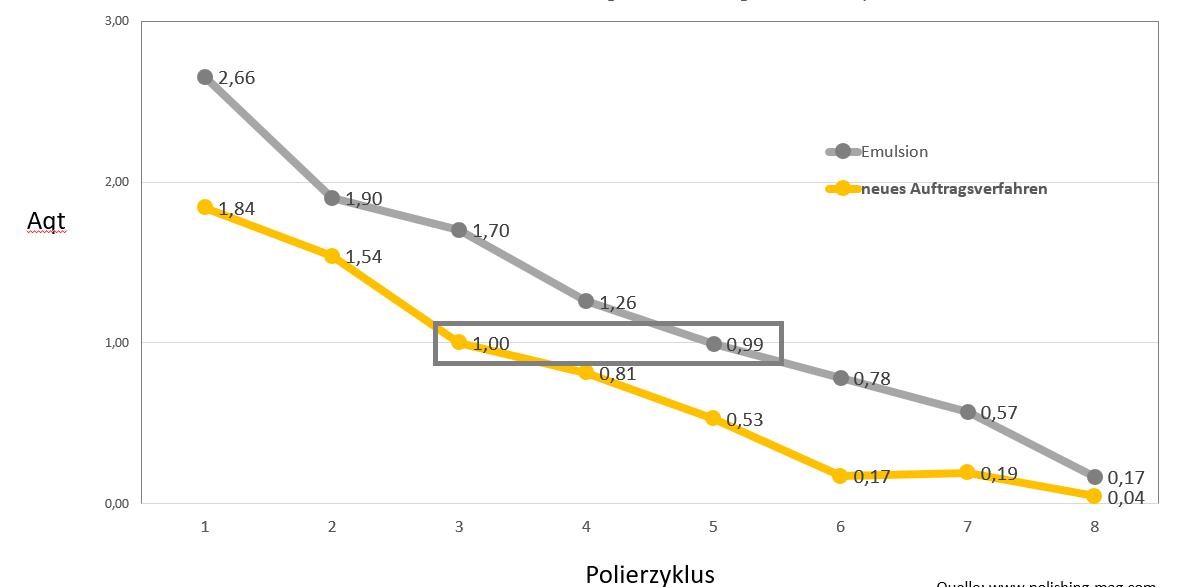Explosion Protection - Physical principles and definitions
04/03/2017
An explosion is the sudden chemical reaction of a combustible substance with oxygen, resulting in the release of a high amount of energy. An explosion can only occur when three factors are present at the same time (see Fig. 1)
- Combustible
- Oxygen (air)
- Ignition source
Figure 1: An explosion can only occur when these three factors coincide.
Combustible substance
Combustible substances may be present in the form of gases, mists, vapours or dusts. Safety-relevant parameters need to be considered to characterise hazard potentials.
Explosive atmosphere
Explosive atmospheres contain a mixture of air and combus- tible gases, vapours, mists or dust in atmospheric conditions in which after ignition the combustion process spreads to the
entire unburned mixture. In general, the atmospheric conditions are deemed to be ambient temperatures of -20 °C to +60 °C, a pressure range of 0.8 bar to 1.1 bar and an oxygen content of 21% in the air.
Flashpoint
The flashpoint is the minimum temperature at which a combus- tible liquid forms an ignitable mixture with air above the surface of the liquid (in normal air pressure conditions). If the flashpoint of a combustible liquid is far higher than the maximum temper- atures which arise, an explosive atmosphere cannot be formed. However, the flashpoint of a mixture of various liquids may be lower than that of the individual components. In the German Ordinance on Hazardous Substances (Gefahrenstoffverordnung), besides its boiling point, the flashpoint of a liquid is used to classify liquids (see Table 1).

Explosive limits
To form an explosive atmosphere, the combustible substance must be present in a certain concentration (see Fig. 2). In the case of insufficient concentrations (lean mixture) or excessive concentrations (rich mixture) no explosion takes place, but a stationary or non-combustive reaction. It is only in the range between the lower (LEL) and upper (UEL) explosive limits that the mixture reacts explosively when ignited. The explosive limits depend on the ambient pressure and the percentage of oxygen in the air (see Table 2).


Ignition sources
In order to prevent ignition of a hazardous explosive atmos- phere, all potential sources of ignitions must be identified and safeguarded to make them nonthreatening. Ignition of an explosive atmosphere may, for instance, be caused by the following sources:
- Hot surfaces
- Flames and hot gases
- Mechanically generated sparks
- Electrical systems
- Electrical equalising currents, cathodic corrosion protection
- Static electricity
- Lightning
- Electromagnetic waves (high frequency)
- Optical radiation
- Ionising radiation
- Ultrasound
- Adiabatic compression and shock waves
- Exothermal reactions
Minimum ignition energy
The supply of a specific amount of energy is required to ignite a potentially explosive atmosphere. Minimum ignition energy is the term applied to the minimum amount of energy, for instance when discharging a capacitor, which is just sufficient to ignite the respective combustible mixture. The minimum ignition energy is in the area of 10-5 joules for hydrogen and up to a few joules for certain dusts.
Integrated explosion protection
The principle of integrated explosion protection requires that all explosion protection measures be performed in a fixed order, with a distinction between primary, secondary and tertiary (constructional) protection measures.
Primary explosion protection
Primary explosion protection covers all measures that prevent the occurrence of a hazardous explosive atmosphere – for prevention is always better than protection. These precautions should therefore always be implemented first. The following protection measures can be adopted:
- avoidance of combustible substances (alternative technologies).
- inerting (addition of nitrogen, carbon dioxide, ).
- limiting of the concentration by means of natural or artificial
Secondary explosion protection
If explosion hazards cannot be entirely or only partially excluded by measures to prevent the formation of explosive atmospheres, measures must be adopted to prevent the ignition of explosive atmospheres. The required safety level of these measures de- pends on the hazard potential at the operating location.
Tertiary of constructional explosion protection
If the occurrence of a hazardous explosive atmosphere cannot be safely prevented and its ignition cannot be excluded, meas- ures must be adopted that limit the impact of an explosion to a negligible extent. The following precautions are possible:
- flameproof or pressure-surge-resistant
- pressure relief and pressure compensation
- explosion suppression with extinguishing

Figure 3: Explosion protection measures
Original article from: http://www.r-stahl.com/fileadmin/Dateien/download_publikationen/ex-essential-explosion-protection-rstahl-b-en.pdf

